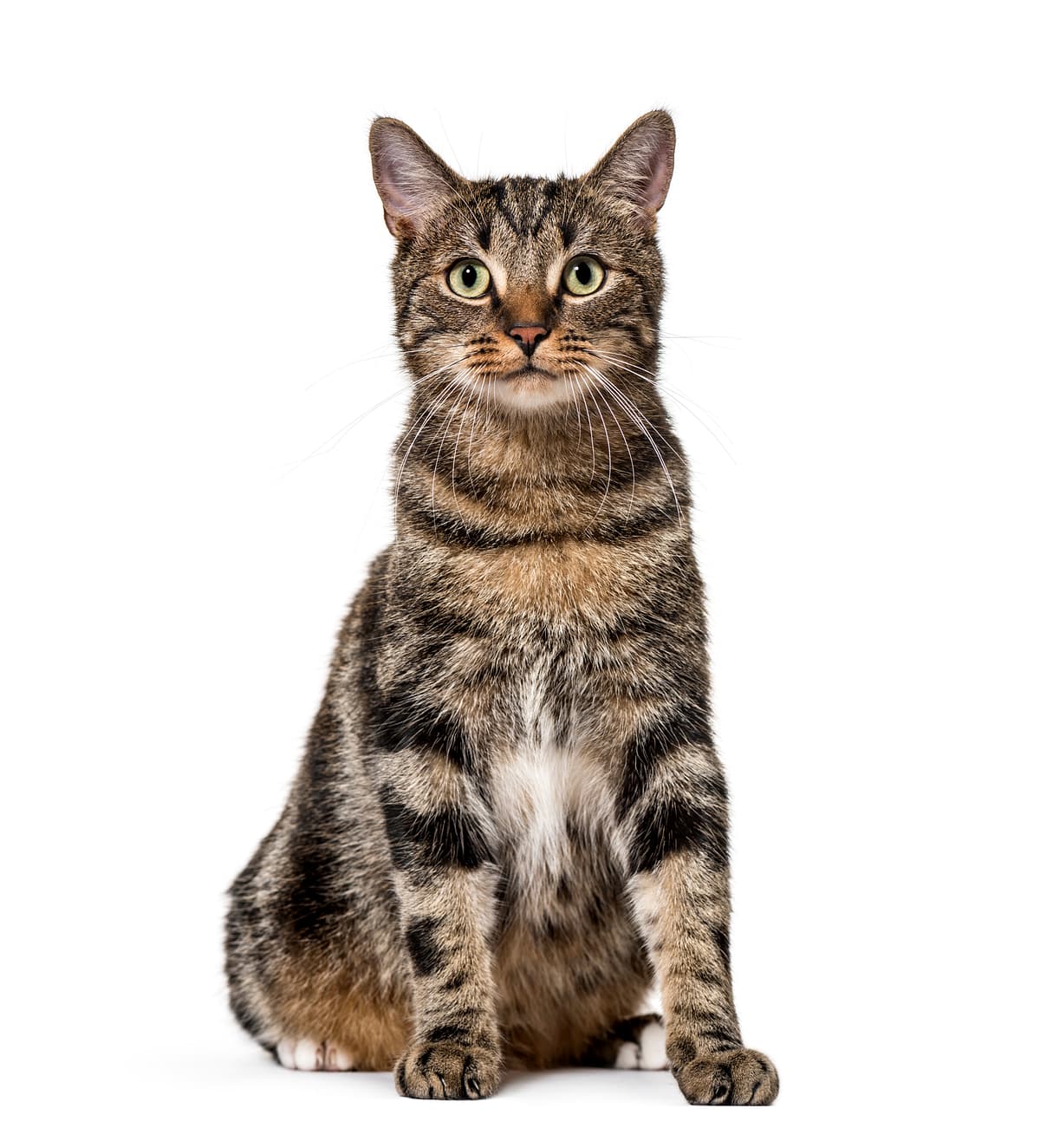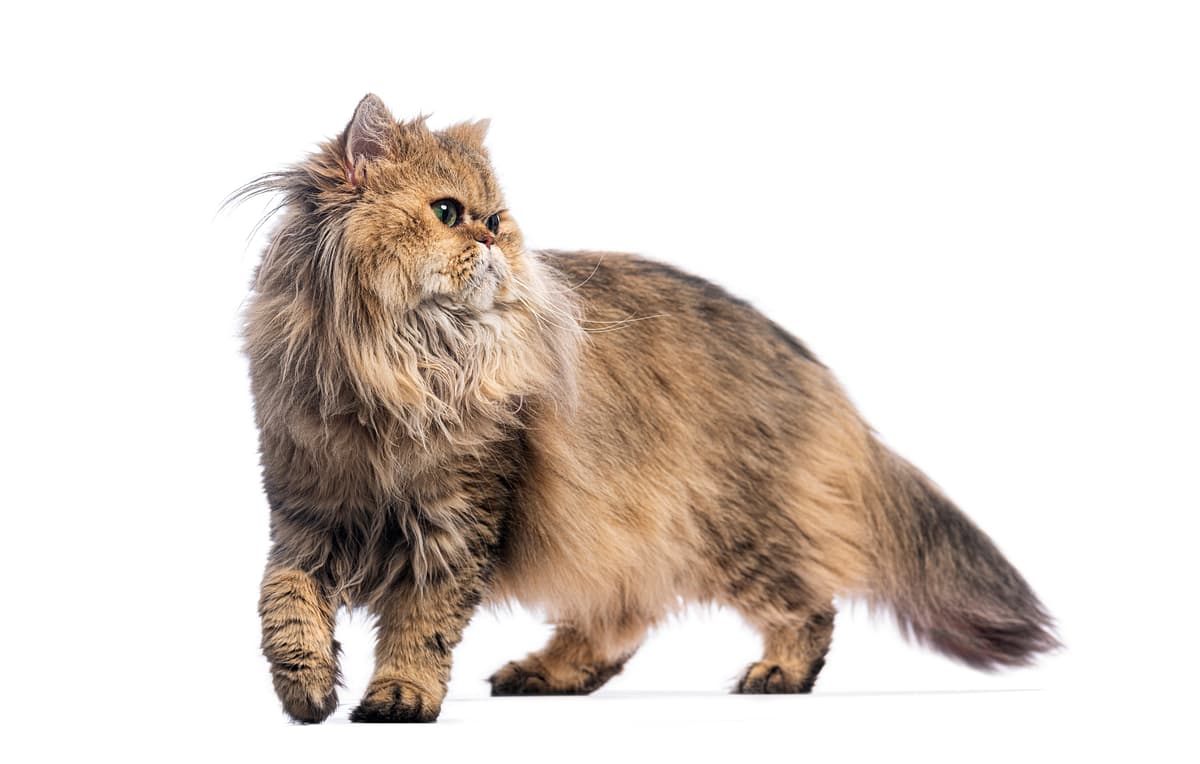Mixed breed vs Persian
Discover the differences between Mixed breed and Persian to make the best choice for your situation.
Try different breeds

Mixed breed
Mixed breed cats combine a variety of personalities, often resulting in playful, adaptable, and affectionate companions. Their diverse backgrounds make them well-suited to families and individuals alike.

Persian
Luxurious long fur, expressive eyes, and a calm presence define this affectionate breed. Persian cats thrive as gentle companions, bringing quiet elegance to any home.
Quick comparison
Medium
3.5–6 kg
Shorthaired, variable density
12–16 years
3–5 kg
Moderately active
Medium
3.5–6.0 kg
Longhaired, dense undercoat
12–17 years
3.0–5.5 kg
Low activity needs
Personality & behavior
Compare the personality traits and behavioral characteristics of both breeds.
Mixed breed
Generally sociable with people and other pets
Learns routines and problem-solving tasks quickly
Moderate activity needs, varies by individual
Enjoys interactive play and exploring surroundings
Adjusts well to new environments and changes
Persian
Affectionate and gentle with family members
Learns routines but not highly problem-solving
Prefers lounging over being active
Enjoys quiet play, not very lively
Adjusts to change but prefers stability
Care needs
Exercise, grooming, and daily care requirements
Mixed breed
Dental disease, obesity
Persian
Polycystic kidney disease, respiratory issues
Suitability
How well each breed fits different living situations and families
Mixed breed
Easy to manage
Mixed breed cats are typically adaptable and have varied, manageable temperaments.
Highly adaptable
They usually adjust well to smaller spaces and indoor environments.
Flexible companion
Mixed breeds can match a wide range of activity levels in active households.
Generally suitable
Many mixed breeds are tolerant and gentle with respectful children.
Usually sociable
They often coexist peacefully with other pets, depending on individual temperament.
May struggle alone
Some may develop stress or boredom if left alone for extended periods.
Persian
Good choice
Their gentle temperament suits new owners but grooming needs require extra commitment
Excellent fit
Low activity level and quiet nature are well-suited for small living spaces
Not ideal
They prefer calm environments and may be stressed by frequent noise or activity
Generally suitable
Patient and tolerant, but supervision with very young children is recommended
Usually compatible
Can get along with other pets if properly introduced and socialized
Poor choice
Persians dislike being left alone and may develop stress or behavioral issues
Breed strengths
What each breed excels at and their best qualities
Mixed breed
- Wide genetic diversity reduces inherited diseases risk
- Adaptable to various living environments
- Often have balanced, resilient temperaments
- Usually lower grooming requirements than purebreds
- Can display hybrid vigor and physical health
Persian
- Gentle and calm temperament
- Affectionate with family members
- Adapts well to indoor living
- Low prey drive and minimal hunting
- Quiet and rarely vocalizes
Challenges & considerations
Potential challenges and considerations for each breed
Mixed breed
- Unpredictable adult size and coat type
- Temperament can be harder to anticipate
- May have unknown medical background
- Less consistent appearance or personality traits
- Some may need extra socialization early
Persian
- Requires daily grooming and brushing
- Prone to respiratory health issues
- Sensitive to heat and humidity
- Regular eye cleaning often necessary
- Can be less playful than other breeds
Ready to choose your perfect breed?
Learn more about each breed or compare other breeds to find the perfect match for your lifestyle.
Discover more helpful tools
Make use of our other free tools to get the most out of your pet experience
